An oily feeling on the skin, an embarrassing shine and the next uninvited pimple on the nose: If the face shimmers greasy, those affected usually suffer from oily skin that tends to overproduce sebum. Although the lubricant ensures that the skin does not dry out, the oily skin type is associated with numerous unpleasant consequences.
The following applies: Oily skin is robust and with the right care, the skin type can even prove to be advantageous. After all, wrinkles appear less frequently with age than with dry skin. But how does oily skin develop? How do you get rid of them and which home remedies promise success? We provide answers to these exciting questions!
Causes of oily skin
The skin is the largest human organ. It consists of three layers. The dermis is responsible for the production of sebum because the sebum glands are located here.
In order to protect itself from external influences, the skin constantly produces endogenous skin fat, also called sebum or sebum . It consists of proteins, fatty acids, triglycerides and cholesterol. The exact composition of the ingredients differs from person to person.
The sebum covers the top layer of skin like a film and prevents moisture loss and the penetration of pathogens. How much sebum is produced is related to factors such as age and hormone balance. With advancing age, the testosterone level usually decreases and the skin becomes significantly drier than in younger years.
Normal skin feels soft and tender. A sebum production of 1-2 grams per day is considered “normal”. On the other hand, oily skin, often also referred to as oily skin, is due to an overproduction of the sebaceous glands . In this case , more than 2 grams of sebum per day are developed (seborrhea).
This can cause the stratum corneum, the top layer of skin, to thicken on the face, shoulder, back, and chest. It is permanently shiny and manifests itself in clogged pores, which can lead to inflammation.
Possible causes of oily skin are as follows:
-
Familial disposition : Oily skin can be inherited.
-
Hormonal changes: Puberty, menstruation, stopping hormonal contraceptives or pregnancy can lead to too much sebum being produced. Such changes can upset the balance of hormones.
-
Diseases: Drug therapy, ovarian disease, a disorder of the adrenal cortex or Parkinson's disease can encourage the skin to produce more sebum.
-
One-sided nutrition: If the body is not supplied with sufficient nutrients, the complexion can deteriorate. If the diet consists mainly of unhealthy fats and simple carbohydrates, the skin also loses its glow. Furthermore, trans fats (hydrogenated fats) are suspected of triggering impurities and pimples.
-
Stress: Stress can increase sebum production.
-
Alcohol consumption: Drinking alcohol can damage the digestive tract. Signs of this can include oily skin and the development of pimples.
Consequences: pimples, blackheads & acne
If the skin produces too much sebum, this - together with dead skin particles - clogs the follicle ducts of the pores. At the same time, bacteria multiply in the sebum, which in turn can lead to inflammation. Pustules, pimples and blackheads form. The face, back and chest area are particularly affected.
If the overreaction described is not treated, chronic skin diseases can develop. Babies and teenagers, for example, often suffer from acne. But it can also occur in adulthood due to hormonal changes. UV radiation and skin intolerance are also known triggers.
Oily skin vs. combination skin
Oily skin can be recognized by enlarged pores that are visibly protruding. Furthermore, the skin shines and the complexion often appears very pale. The reason: Oily skin is common thicker than normal skin, because the oily skin promotes cornification. As a result, the sebum can no longer drain off. Typical consequences of oily skin are comedones (blackheads) and acne.
But how do the different forms of acne differ? With mild acne, comedones appear on the face, neck, shoulders, back, or chest. Moderate to severe acne cases are associated with papule formation. These are small nodules without a plug. Pustules are also possible. The yellow blisters contain pus and are often painfully inflamed.
In the case of combination skin, on the other hand, the skin on the face in the area of the T-zone and the cheeks has different needs. Forehead, nose and chin can be particularly affected by an overproduction of sebum. Enlarged pores are also common here.
The cheeks, in turn, need moisturizing care because they are normal to dry. The decisive factor is that the right care for combination skin is crucial in order to meet the different requirements of the skin areas.
Get rid of oily skin
We all know it: Oily skin is just as annoying as quickly greasy hair. After all, you can't hide pustules and wheals on your face and greasy hair on your head. For this reason, those affected are happy about tips about hair care and skin care.
People who suffer from oily skin due to genetics are often advised that their behavior cannot change the condition. The same applies to hormone fluctuations or taking medication.
Nevertheless, those affected can take measures to improve their quality of life. Regular use of a pore-refining mask with Dead Sea extracts can reduce sebum production and improve the condition of the skin's surface. Order now!
Establish care routine
The care products for oily skin should have the following properties:
-
Mild care: Some care products irritate the skin and lead to painful redness. For this reason, it is advisable to use gentle skin care products such as washing gels.
-
Non-comedogenic: If you have oily skin, you should only use care products that are labeled “non-comedogenic”. This means that no greasy oils such as coconut, linseed or palm oil are included. The products therefore neither trigger nor promote acne. Instead, jojoba and argan oils and shea butter are used.
-
Glycerin: The sugar alcohol (propane-1,2,3-triol) is contained in natural fats and binds moisture. Since oily skin produces excess sebum, it is advisable to use products containing glycerin.
-
Skin-peeling substances: Keratolytic substances ensure that dead skin cells can be detached.
-
Blackhead Dissolving Substances : Comedolytic substances minimize the formation of pimples and blackheads.
But what can daily facial care look like? A skincare routine aims to do the same skincare steps every morning and night. In four steps, those affected can improve their skin condition in the long term.
Step 1: Clean
Increased sebum production, the sweat of a hard day, make-up and dirt particles: they are all on our facial skin in the evening. The first step in the care routine therefore consists of gentle cleansing of the skin area.
Step 2: Use tonic
A facial tonic is used to open the clogged pores so that the skin is reliably cleaned. This can prevent bacteria and fungi from spreading and causing skin inflammation.
Step 3: Rely on mattifying products
Those who use opaque skin care will look forward to a fresh, radiant appearance. Ingredients such as Licochalcone A protect the skin from redness. In addition, pimples are concealed.
Step 4: Apply UV protection
Skin diseases such as acne can be aggravated by UV radiation. It is therefore advisable to use UV protection that cares for the skin and is specially designed for oily skin.
reduce stress
Mental stress, a busy schedule and deadlines at work: we are constantly under pressure and often perceive negative stress too late. Our skin, on the other hand, can indicate when there are psychological or physical problems. So it pays to keep an eye on the condition of the largest organ.
In stressful situations, the body releases inflammatory substances . As a result, sebum production can increase and special cleaning may be required. In addition to the right cleaning products , stress management can help here. Yoga or meditation are also suitable for relaxation.
change nourishment
You are what you eat: This wisdom is true. Because if you eat one-sided food, the body is not getting enough nutrients . As a result, the complexion can deteriorate. At the same time, high sugar consumption or a very high-fat diet can contribute to the formation of pimples, blackheads and pustules.
Burgers, fries, pizza, cookies, chips and cakes should therefore not be on the daily menu. Healthy alternatives are, for example, vegetables, chicken and linseed and walnut oils. Soft drinks and sweetened tea and coffee or coffee specialties can be replaced with water, unsweetened tea and unsweetened coffee.
These 5 foods should be avoided
Salt
Water retention, bags under the eyes and dehydration: High salt consumption can cause the skin to increase sebum production and cause water retention. For example , 8 grams of salt can lead to around 1 liter of water being bound. The alternative: Those who season with herbs instead benefit from a variety of taste experiences!
Red meat
Bratwurst, burgers, and skewers: Red meats like beef and lamb contain saturated fat. These can promote inflammation in the body and, as a result, high sebum production. Pork in particular is considered to be pro-inflammatory. That is why pregnant women are often advised not to consume this meat. Poultry and fish are tasty alternatives.
Sugar
Sugar can increase the production of the peptide hormone IGF-1 . This hormone promotes the formation of pimples by increasing sebum production.
Dairy products
Consumption of milk and dairy products can promote oily skin. Pimples often appear on the chin and around the mouth.
carbohydrates
Noodles, rice and white bread: If you eat a lot of bad carbohydrates , you will be annoyed by a bad skin condition. Wholegrain pasta, wholegrain rice and wholegrain bread, on the other hand, are integral parts of a balanced diet and can be consumed without any problems.
Home remedies for oily skin
Expensive skin care products are not necessary to treat oily skin. Instead, those affected can resort to cheap home remedies that soothe the skin, have an antibacterial and anti-inflammatory effect and curb sebum production.
Face masks with yogurt
Natural yoghurt not only has a calming and cooling effect. Rather, the lactic acid it contains can neutralize the pH value of the skin. In this way, the sebum produced is absorbed by the yoghurt.
In combination with cucumber slices, a face mask is created that counteracts the overzealousness of the sebaceous glands and moisturizes the skin. If you like, add some honey. This can have an antibacterial effect and thus prevent inflammation.
But how does the DIY face mask work against oily skin?
-
2 tablespoons of yogurt are placed in a bowl.
-
Half a cucumber is washed, peeled and mashed.
-
1 teaspoon of honey and the pureed cucumber are added to the yoghurt and folded in.
-
The smooth mass is distributed on the face. The eye and mouth area is left out.
-
After 20 minutes, the mask can be removed with a warm, damp cloth.
Lemon Juice & Apple Cider Vinegar
Lemon juice contains citric acid. This can ensure that the dilated pores in oily skin close. This means that less sebum escapes and the shine can disappear.
Apple cider vinegar, on the other hand, can have an anti-inflammatory effect. The vinegar can be applied to the skin of the face as a tonic. But beware: Some people are sensitive to apple cider vinegar. For example, skin irritation can occur.
To use the lemon juice, squeeze half a lemon and mix it with honey in equal parts. After 15 minutes, the mask can be washed off with lukewarm water.
The apple cider vinegar is mixed with water in a ratio of 1:3 and can be applied to the affected areas with a cotton pad. The eyes must be spared

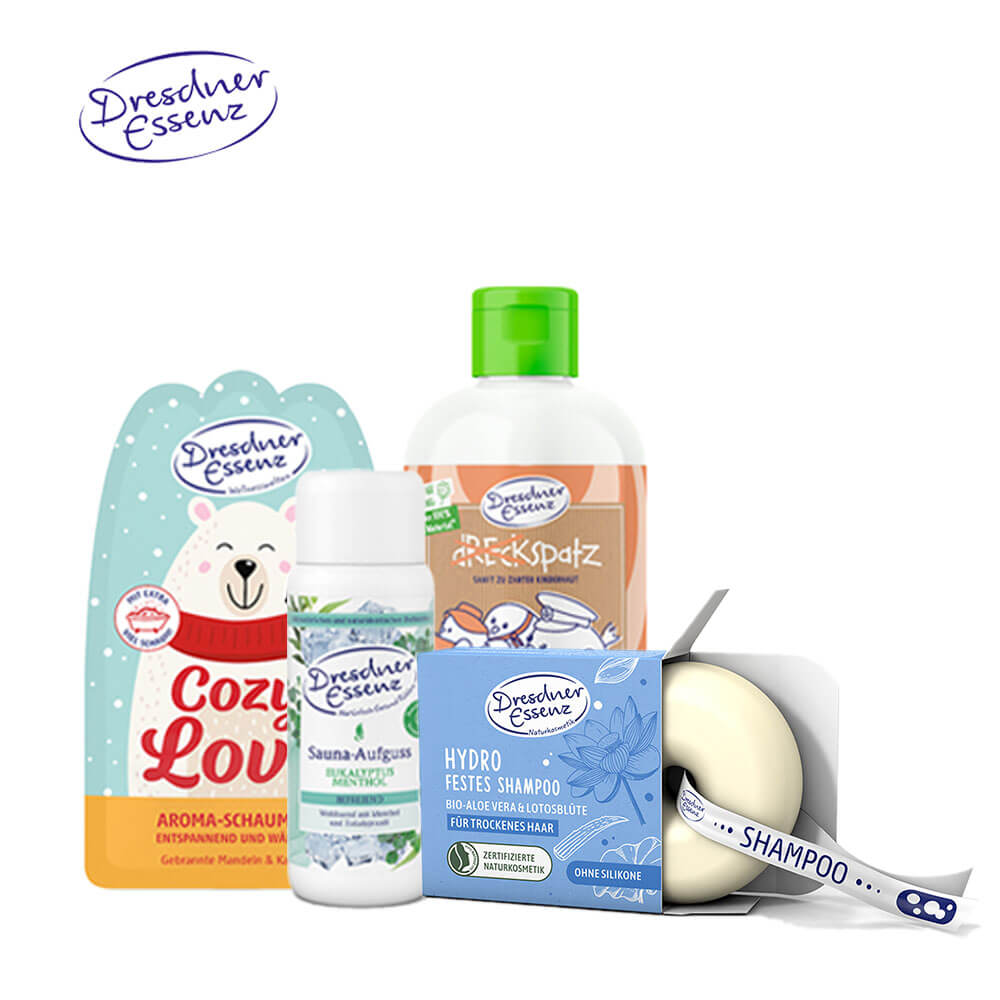
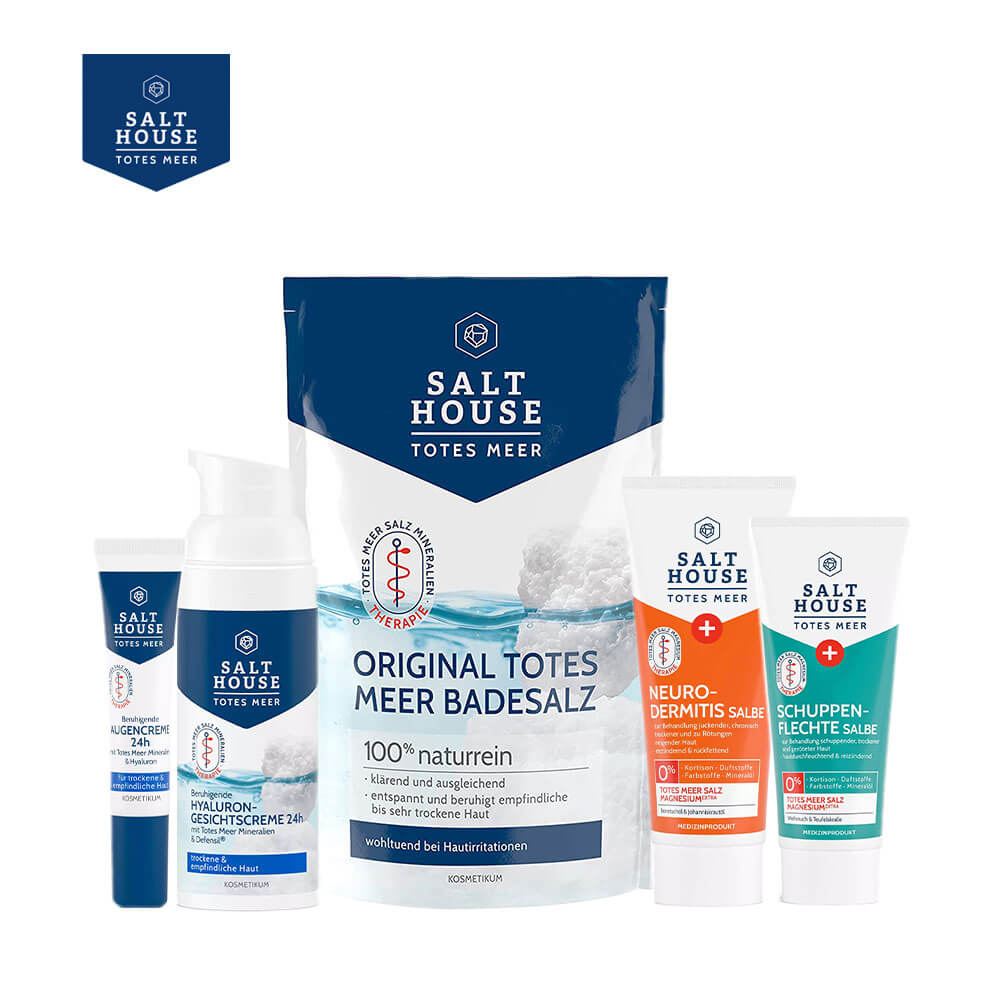
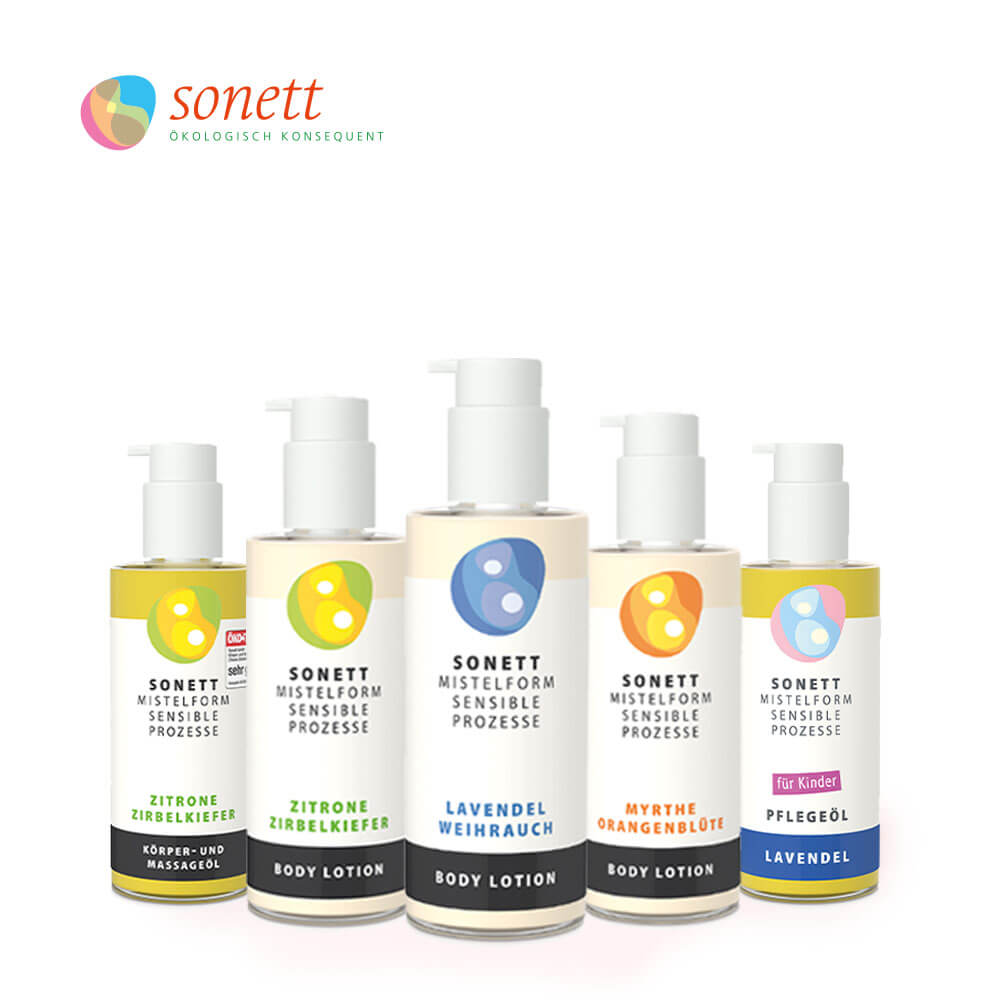
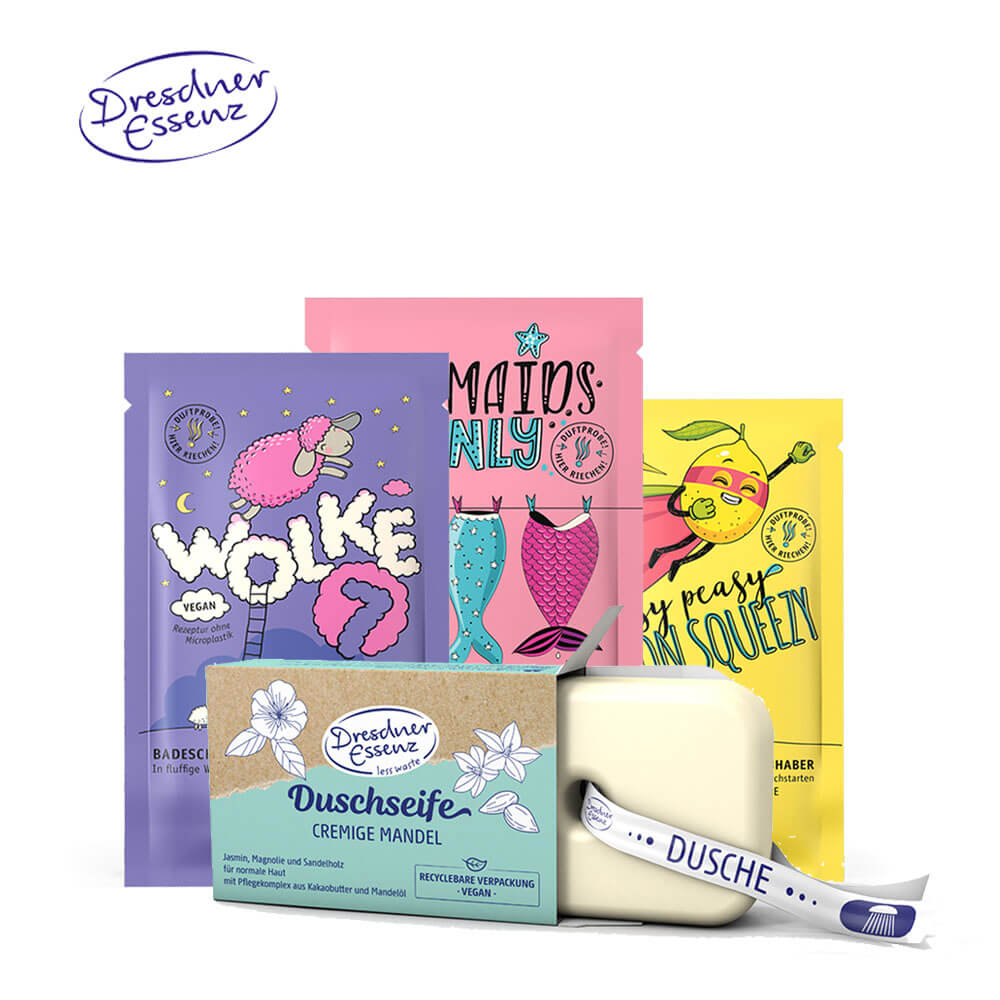
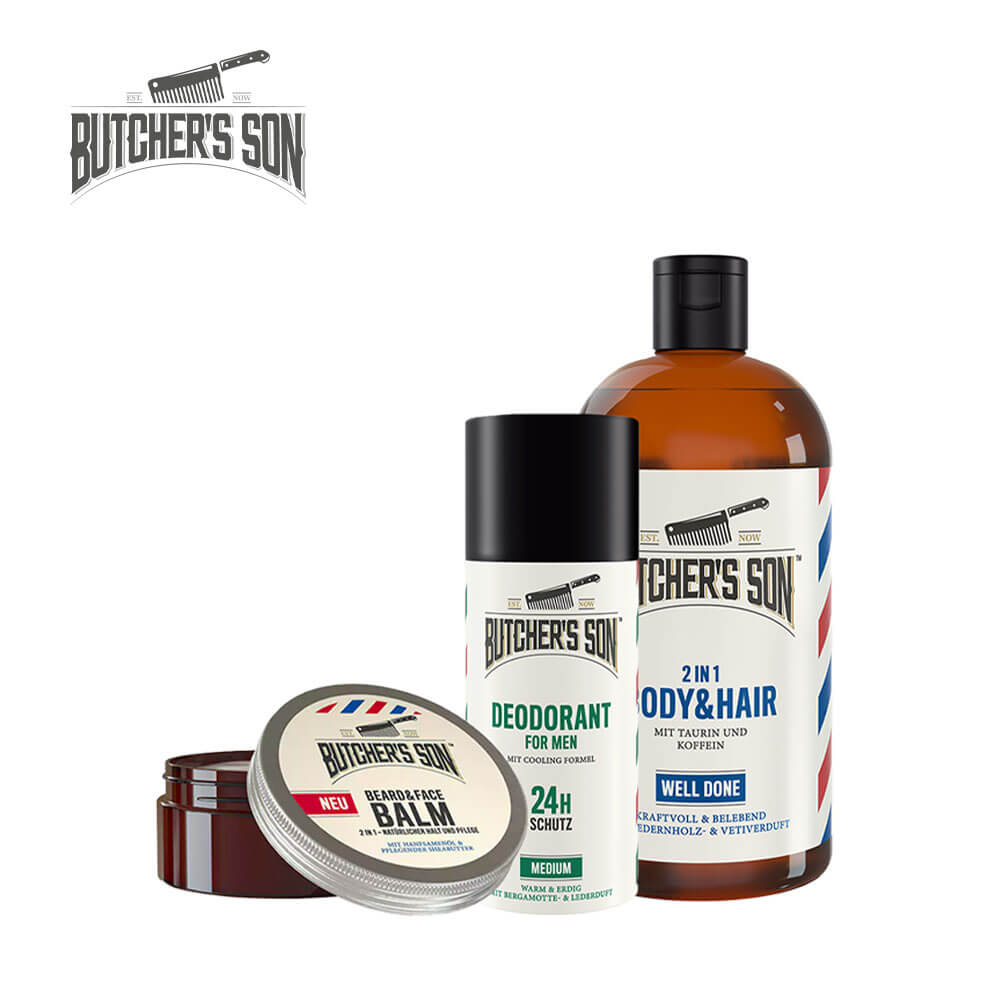
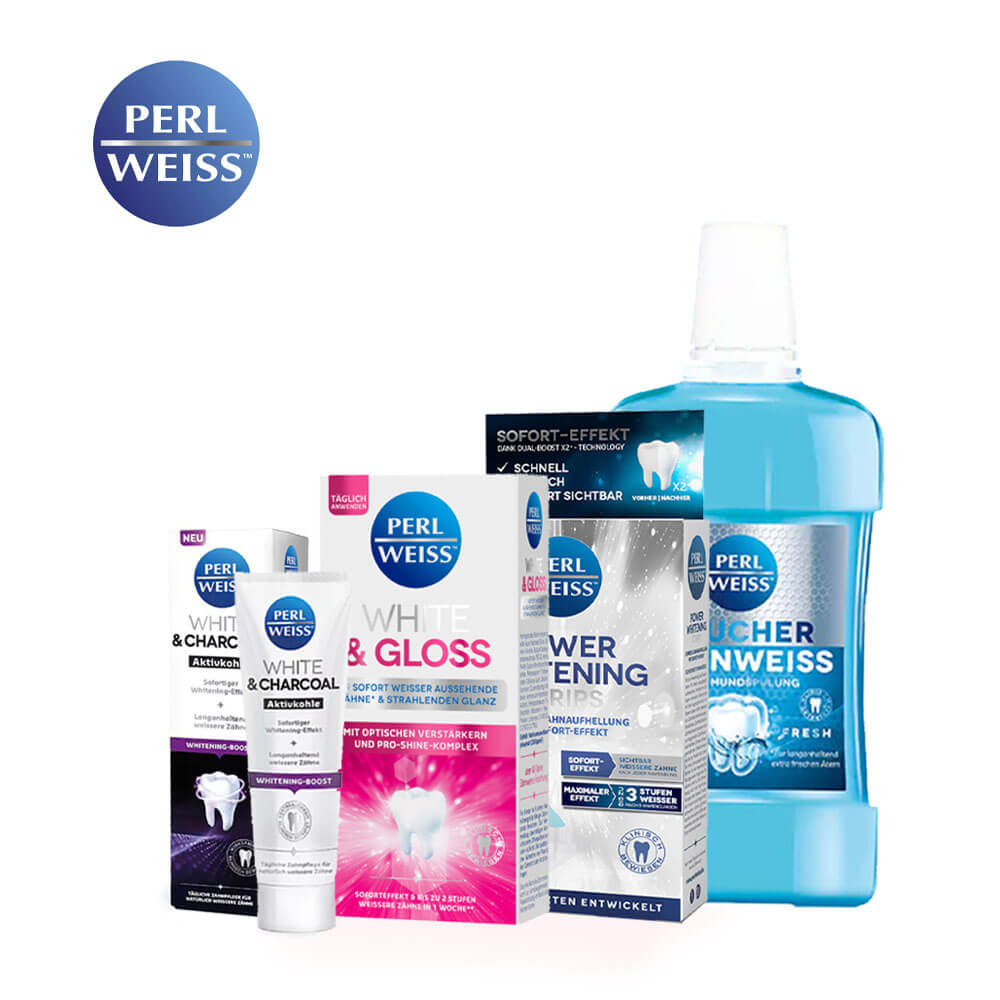
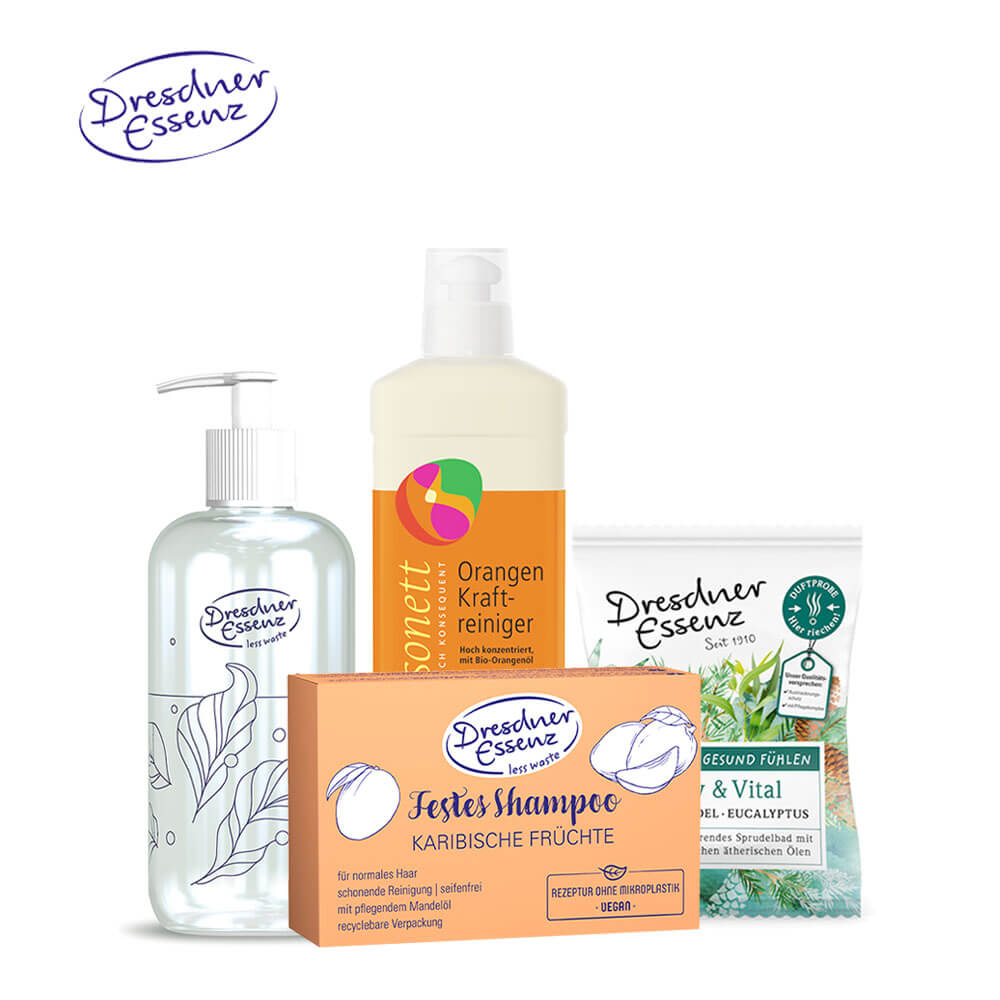
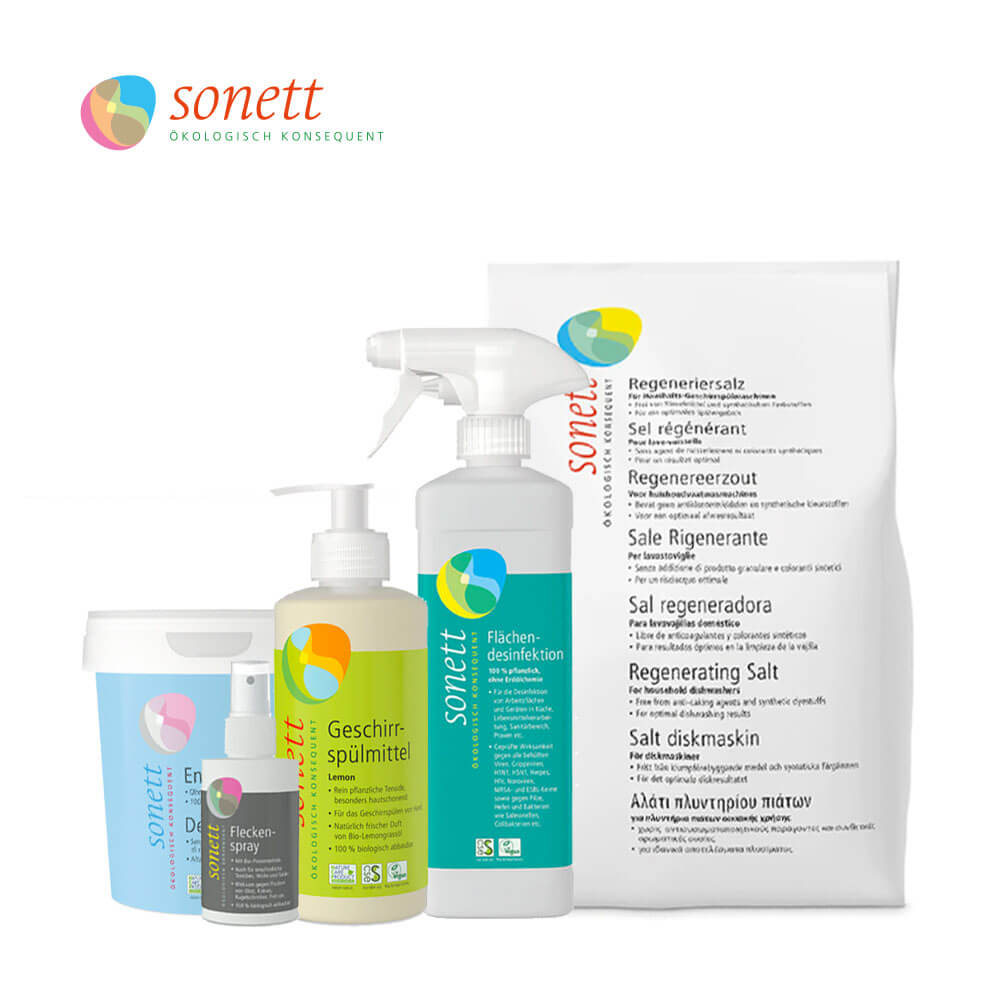
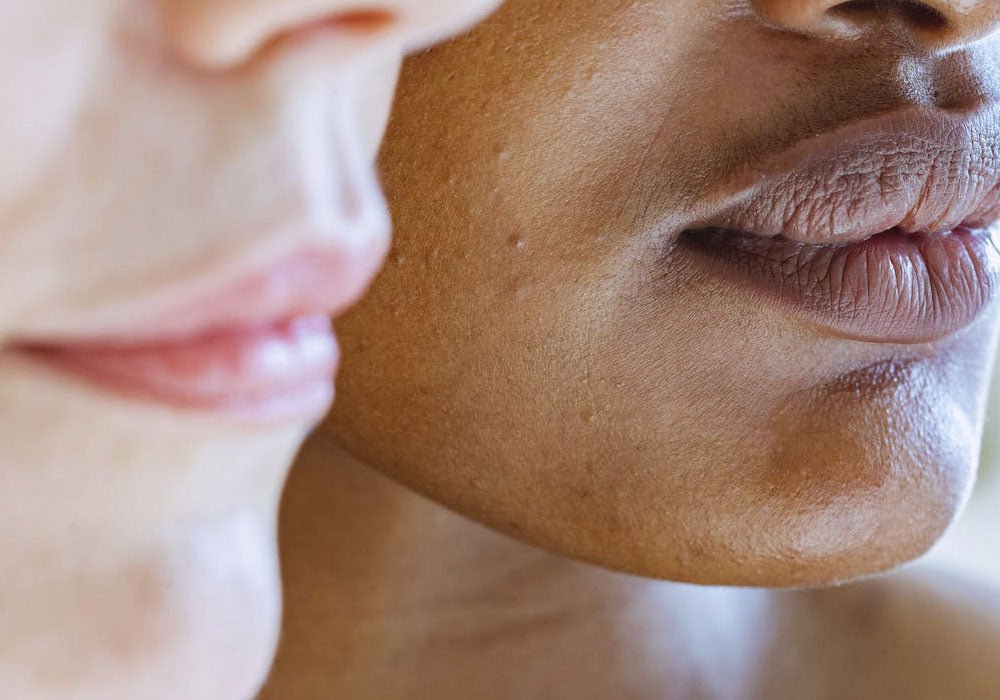
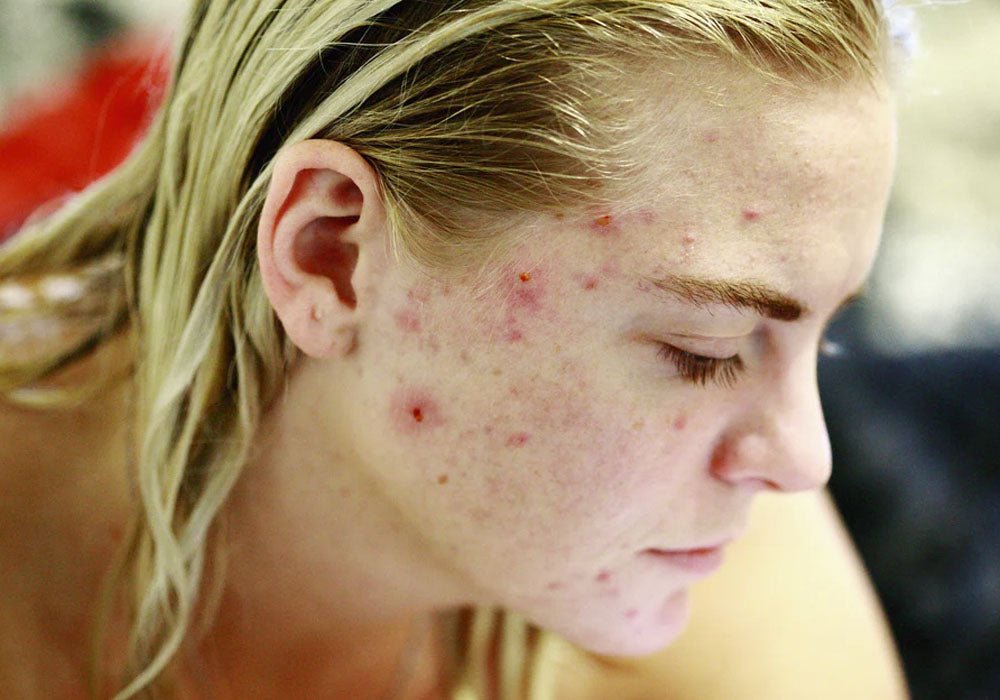
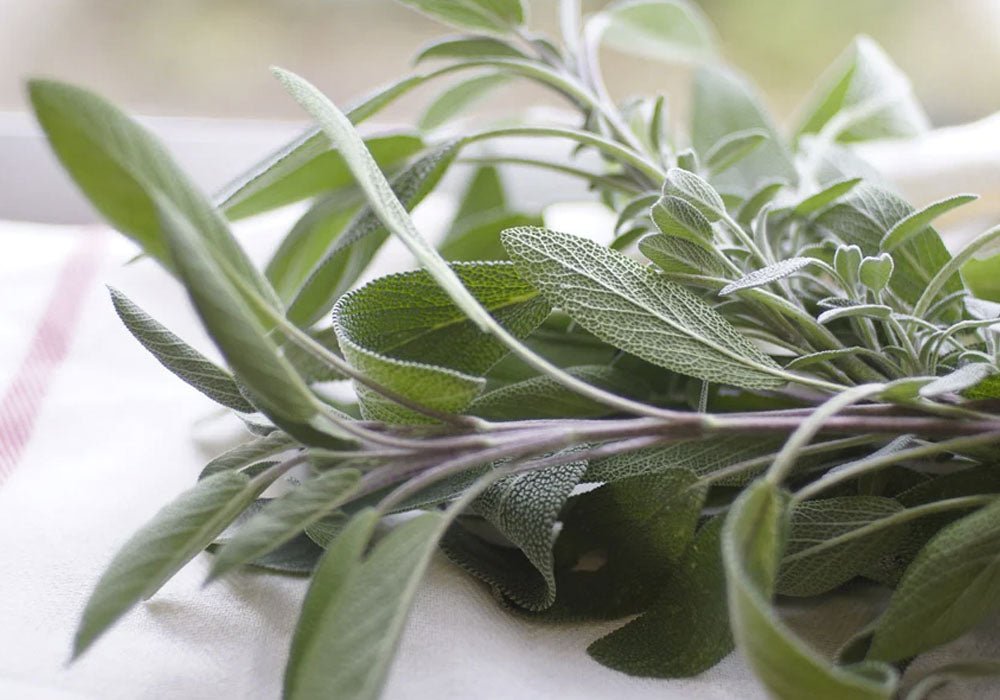
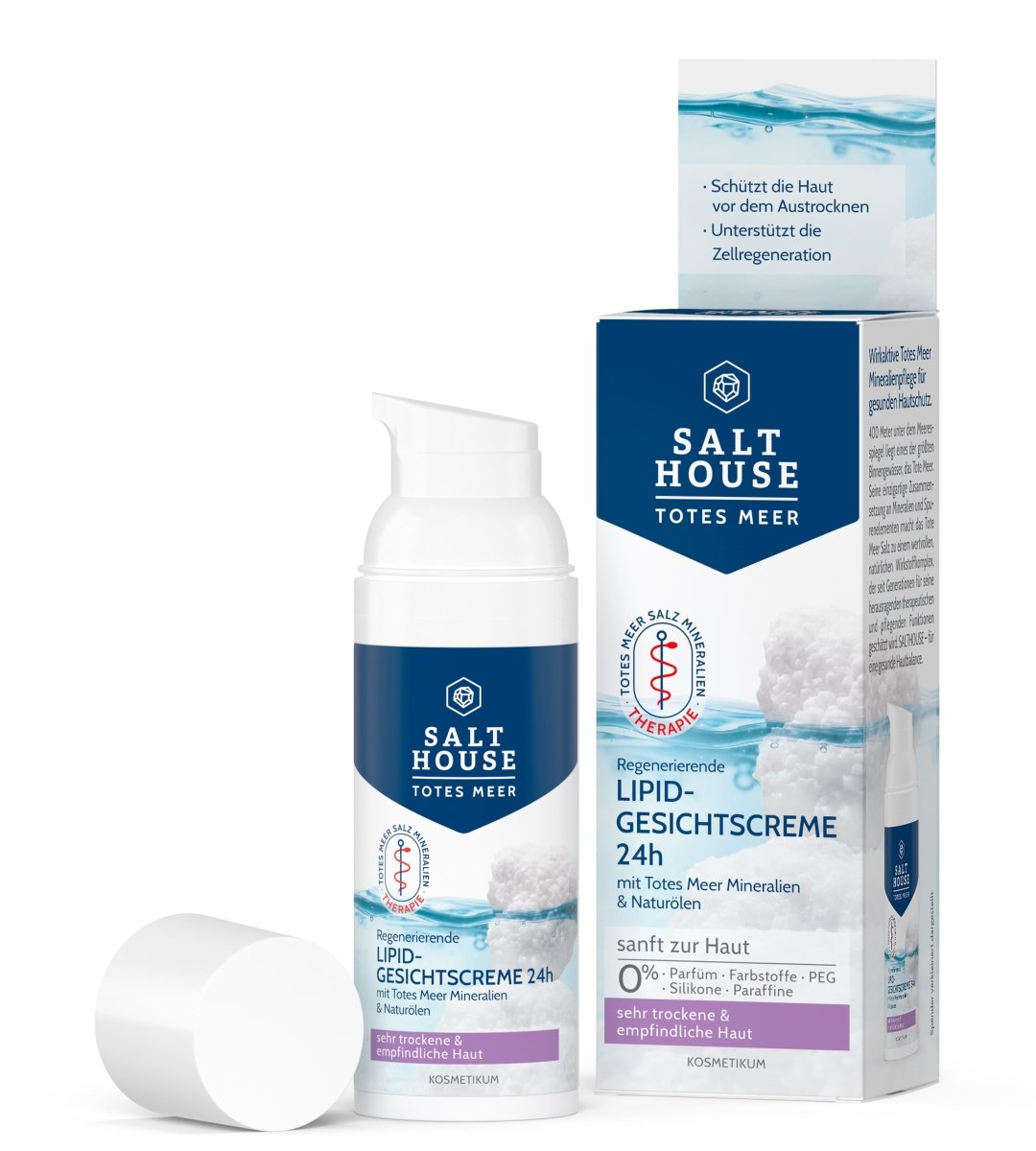
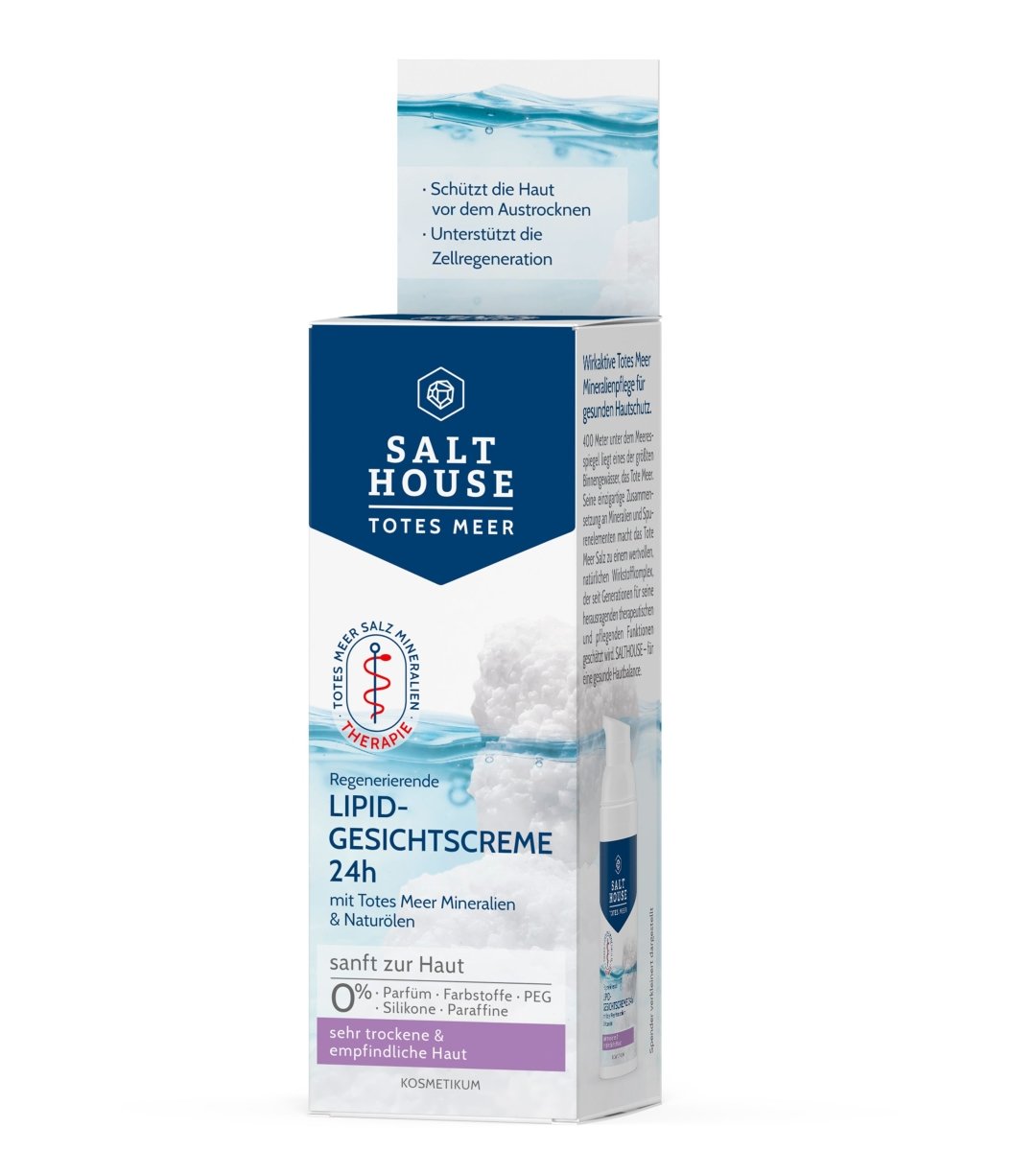
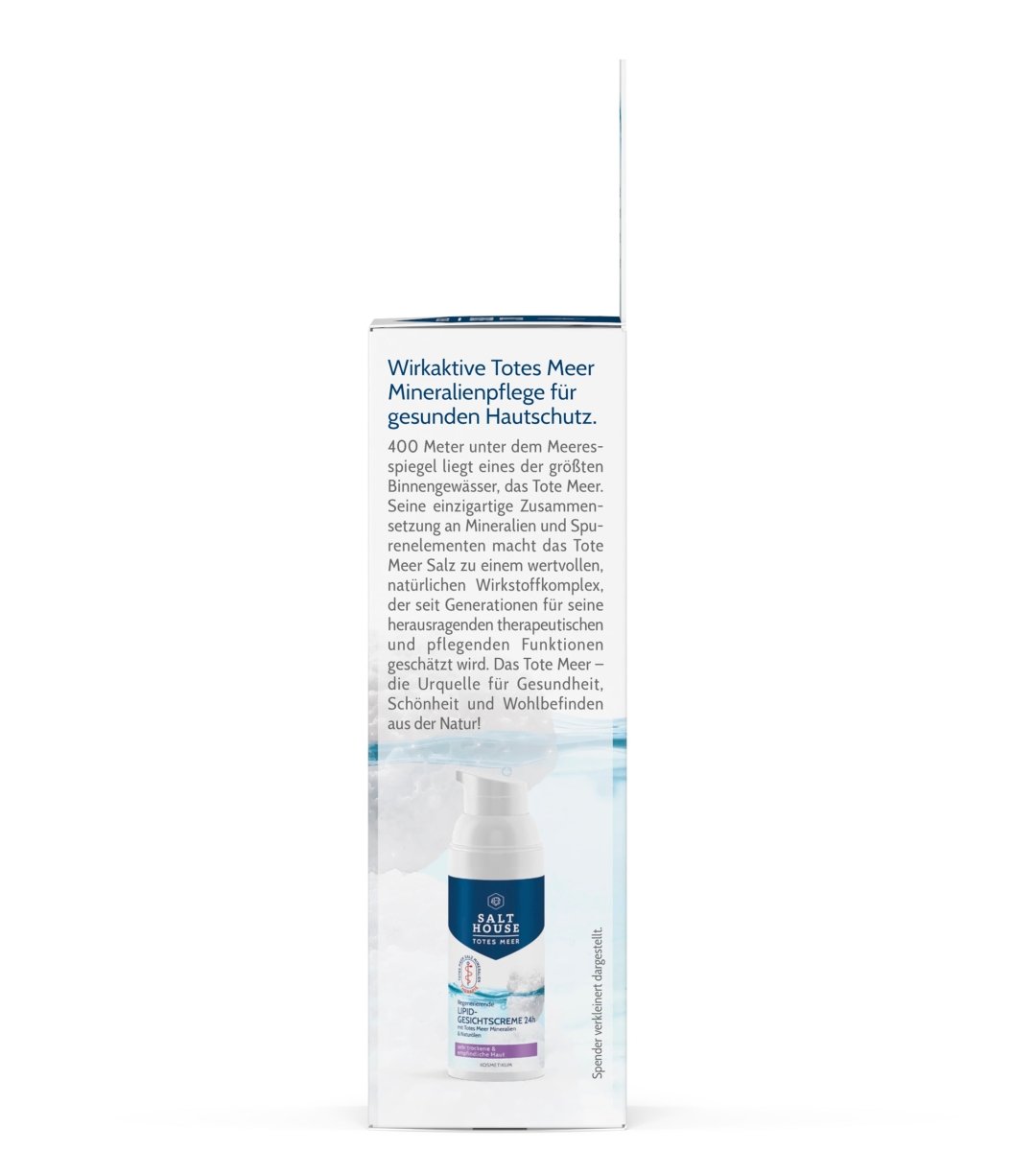
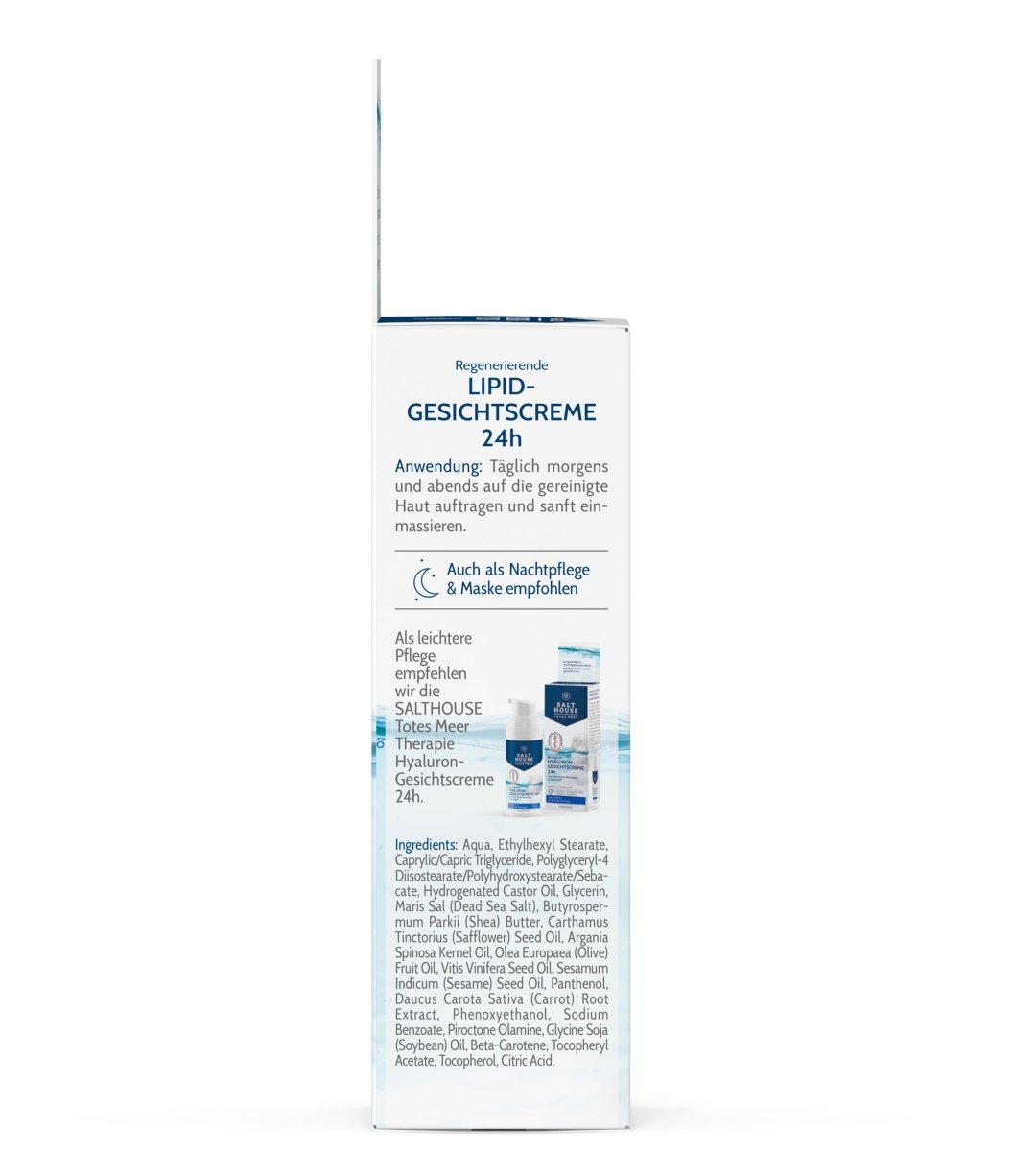
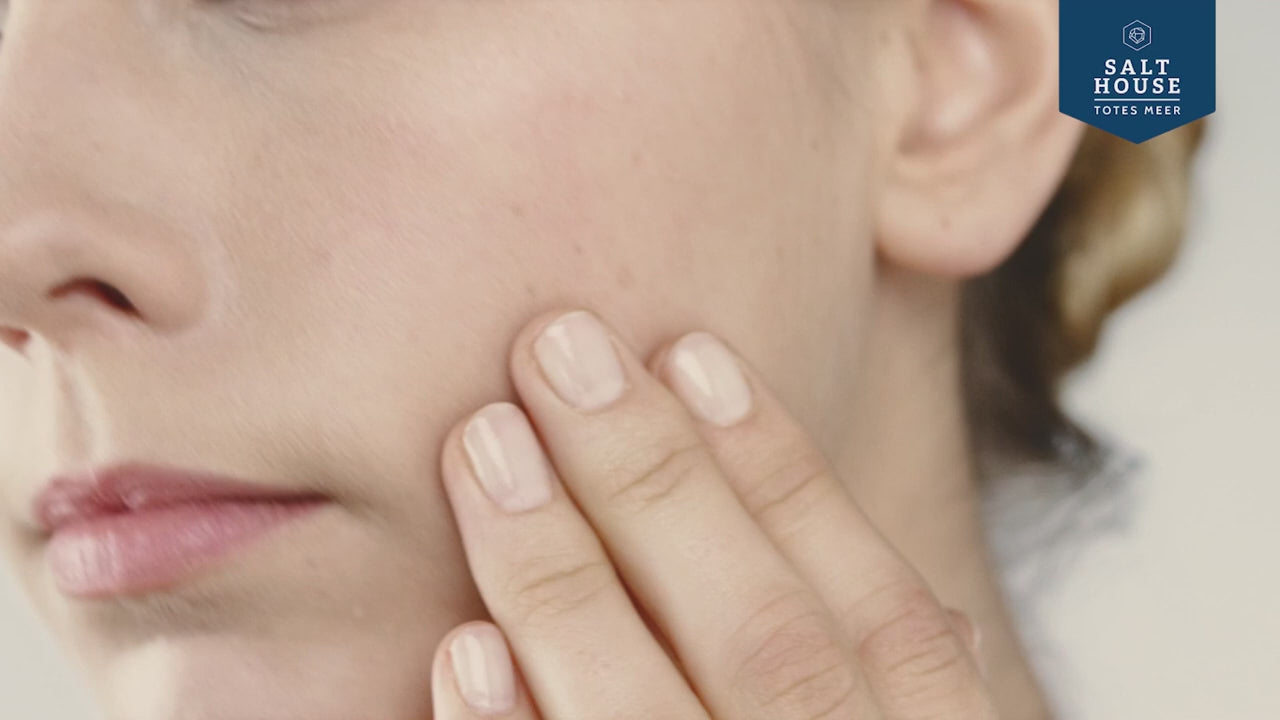
Leave a comment
All comments are moderated before being published.
This site is protected by hCaptcha and the hCaptcha Privacy Policy and Terms of Service apply.